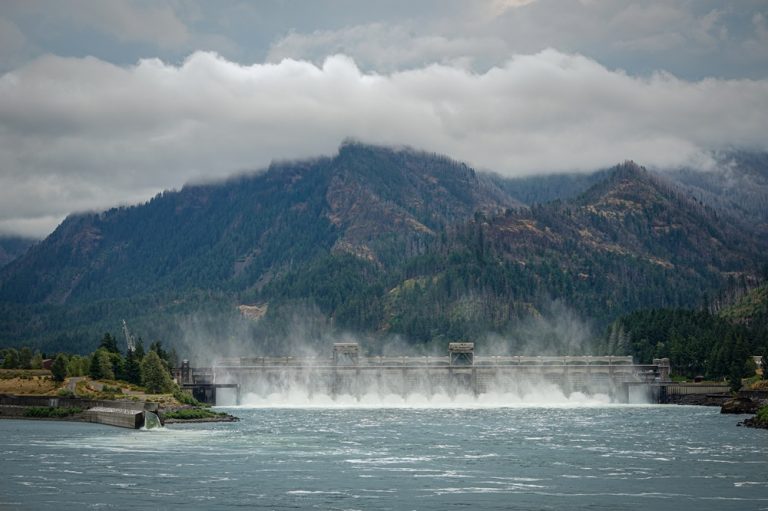India is at a critical juncture where water scarcity threatens not only rural areas but also major urban centres. Rapid urbanization, combined with erratic monsoon patterns exacerbated by climate change, is creating a severe imbalance between water demand and supply. Despite their economic strength, large cities such as Bangalore, Chennai, and Mumbai often suffer from severe water shortages. In this scenario, traditional methods of sourcing water from rivers, lakes, groundwater, etc. are proving unsustainable. Against this background, innovative solutions such as atmospheric water generators (AWGs) exist as more than just a technological novelty. These represent a fundamental change in the way we harness a hitherto overlooked resource: humidity in the air.
Understanding AWG: A technology with limitations and opportunities
AWGs work on the principle of condensation, which extracts water vapor from the air and converts it into potable water. These mimic the natural water cycle, sucking in moist air, cooling it to the dew point, and collecting the resulting water droplets. However, like any technology, AWGs have limitations. Traditional condensation-based models in particular rely on electricity and are therefore power-hungry. This power demand means that while AWG could be a game-changer in addressing water scarcity in urban areas, it is much more difficult to implement in rural India where electricity supply can be unstable or non-existent. It means something.
AWG as an urban solution: Reducing pressure on urban systems
Conversations about water management in India often focus on rural issues, which is not surprising given the urgent need for irrigation and potable water in these regions. However, urban centers are increasingly feeling the strain of population growth and overburdened municipal infrastructure. Here, AWG offers an attractive solution that not only addresses urban water needs, but also reduces pressure on government infrastructure and allows for more efficient resource allocation overall.
A practical approach: Urban AWGs supporting rural water development
There is an inherent logic to concentrating AWG deployment in urban areas. Traditional AWGs are suitable for environments with a stable power grid due to their high power requirements, which are still lacking in most rural areas of India. Therefore, it makes sense to first deploy these systems in urban environments where they can operate optimally. Doing so will reduce overall water demand from municipal water sources, freeing up financial resources and infrastructure capacity.
Financial rationale: redirect urban savings to rural investments
One of the most attractive aspects of this strategy is its economic viability. The cost of water infrastructure in urban areas is enormous. From maintaining pipelines to operating water treatment plants, urban water management requires significant government investment. By deploying AWG to supplement urban water supplies, especially in high-demand sectors such as commercial properties, residential communities, and hotels, cities have the potential to save millions of liters of treated water every day.
Energy and sustainability: addressing concerns
Skeptics often point to AWG’s energy consumption as a drawback, and rightly so. Traditional condensing refrigeration systems are energy intensive, raising concerns about their long-term sustainability. However, recent advances in energy efficiency and integration with renewable energy sources such as solar power are beginning to alleviate these problems.
Future Vision: Expanding AWG Deployment
Navkaran Singh Bagga, Akvo CEO and Founder
As with any new technology, scalability is the key to success. For AWG, the vision needs to be both ambitious and practical. India’s urban areas provide suitable soil for large-scale AWG implementation. Every area of the urban landscape can benefit from AWG technology, from corporate offices to residential buildings, airports to shopping malls. The goal is not to replace existing water infrastructure, but to complement and alleviate it, allowing cities to sustainably manage their water demands for decades to come.
Conclusion: Call to action
AWGs are a powerful tool in the fight against water scarcity, but like any other tool, they must be used wisely. In the Indian context of increasing urbanization and rural areas struggling with basic infrastructure, a targeted approach to AWG deployment offers the best of both worlds. By focusing on urban centres, we can reduce pressure on rural water supplies and free up critical resources to tackle rural water challenges.
Disclaimer: The views expressed in this article are those of the author and do not necessarily reflect the views of ET Edge Insights, its management, or its members.
Source link


